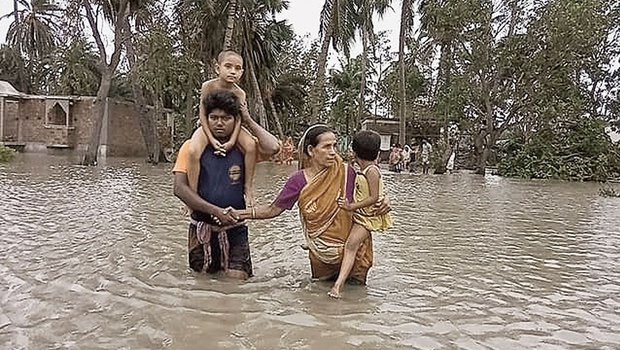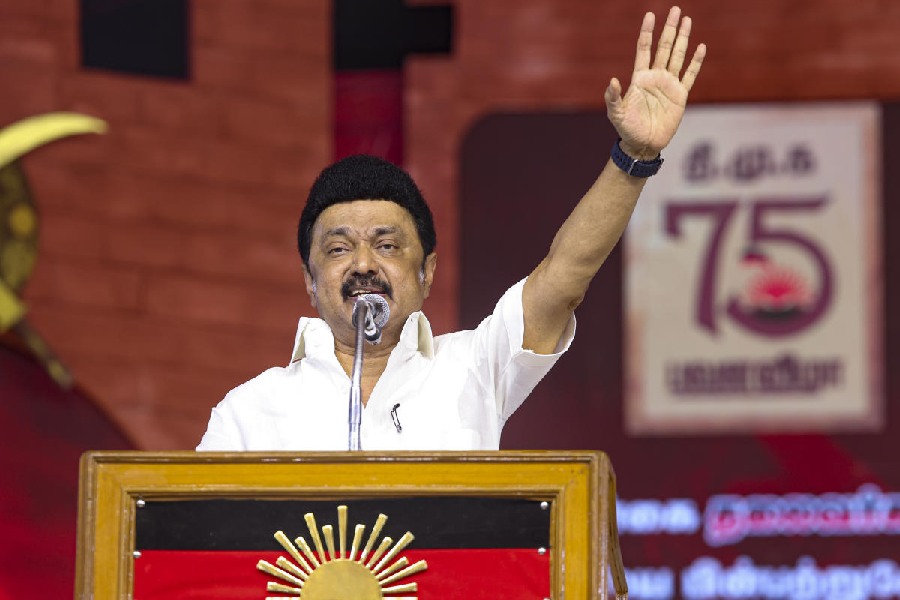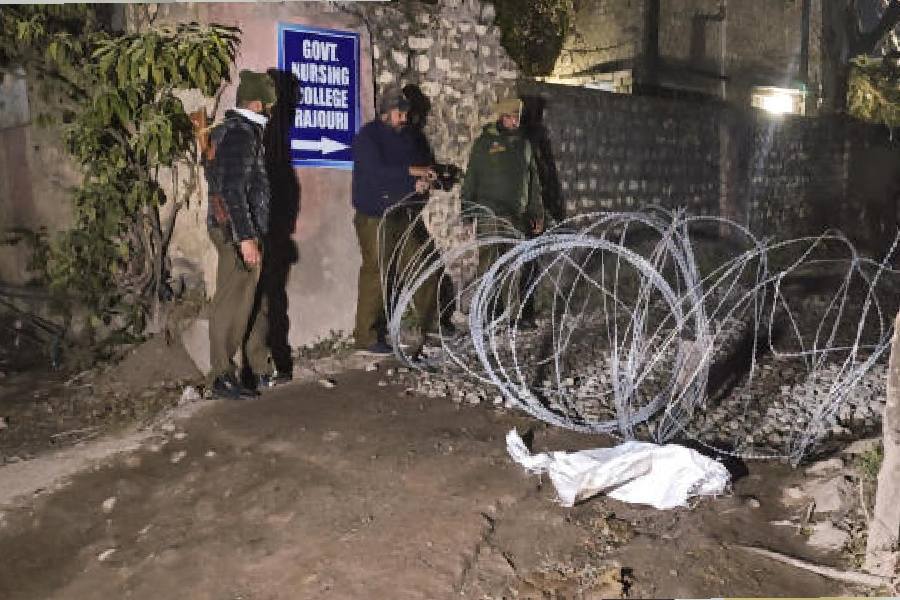It is time to take off the rose-tinted glasses; the clouds on the climatic horizon are getting darker. The Assessment of Climate Change over the Indian Region — India’s first ever report on climate change by scientific institutions under the government — bears grave tidings. In comparison to the last few decades, India’s average temperature by the end of this century is projected to rise by a shocking 4.4 degrees celsius; the nation is also set to experience more severe cyclones and droughts and a much higher frequency of heat waves. Even more alarming, however, are the climate outcome projections under the prevailing “business as usual” ambience — a situation in which no measures are put in place to curb greenhouse gas emissions. In the absence of mitigatory action, the temperatures of the hottest day and coldest night, which had already warmed by 0.63 degrees and 0.4 degrees, respectively, between 1986 and 2015, will rise by about 4.7 degrees and 5.5 degrees by the end of the 21st century. This would have ominous implications for the nation’s ecosystems, putting great stress on the fragile ecological balance, substantially reducing agricultural output and freshwater resources and causing serious damage to public infrastructure.
A sliver of hope lies in the fact that with this report, the government seems to have admitted that the climate emergency can no longer be ignored. The challenge for India is now manifold. Not only must it work on a war footing to devise mitigatory, inclusive policy and modernize infrastructure to become climate resilient but it must also widen the scope of its interventions to address the contentious issue of climate justice. For example, climate refugees are not recognized under most international laws, including the 1951 Refugee Convention and the 1967 Protocol relating to the Status of Refugees. This renders them ineligible for protection under Indian and global legal frameworks. Addressing the rights and needs of such displaced populations — rehabilitation, education, jobs — should be integral to India’s model for managing the imminent climate crisis. However, India cannot meet its domestic needs without international cooperation. It must take a position of leadership on behalf of the developing world to demand equitable distribution of funds and the transfer of technology from insular, affluent economies. One way for India to prevent the climate emergency from deepening is by aligning the concerns of climate justice with strategic interests. This could harmonize the seemingly competitive goals of development and ecology.











